Discover In Our Defence
In Our Defence

In Our Defence
Author: India Today Podcasts
Subscribed: 116Played: 1,232Subscribe
Share
Copyright © 2025 Living Media India Limited
Description
In Our Defence is a weekly podcast that breaks down wars, weapons, and the world of military power with clarity, curiosity, and zero jargon.
Hosted by journalist Dev Goswami, each episode features sharp, story-rich conversations with leading defence experts, offering distinct perspectives and nuances on how nations prepare, fight, and defend.
From battlefield strategy and military tech to geopolitics, intelligence, and national security -- In Our Defence focuses on conversations that are grounded, engaging, and made for curious minds.
No fluff. No noise. Just a clear line of sight into the world of conflict.
Hosted by journalist Dev Goswami, each episode features sharp, story-rich conversations with leading defence experts, offering distinct perspectives and nuances on how nations prepare, fight, and defend.
From battlefield strategy and military tech to geopolitics, intelligence, and national security -- In Our Defence focuses on conversations that are grounded, engaging, and made for curious minds.
No fluff. No noise. Just a clear line of sight into the world of conflict.
169 Episodes
Reverse
A car explodes near Delhi's Red Fort and the trail runs through Srinagar posters, Faridabad storehouses, and an alleged "white-collar" module featuring multiple doctors. In this episode, host Dev Goswami and national security expert Sandeep Unnithan take their first impressions of the deadly terror attack that has revived scary memories of blasts in India's urban centre. The two examine what we know (and don't) about the Red Fort attack, why the government's initial messaging stayed deliberately measured, and zoom out to Field Marshal Asim Munir's "thousand cuts" doctrine that the Pakistani military boss seems to have adopted. Tune in! Produced by Taniya Dutta Sound mixed by Aman Pal
Donald Trump says China, Russia and Pakistan are "testing nuclear weapons". And that is why he's told the Pentagon to immediately prepare to test the US's nuclear weapons. In this episode, host Dev Goswami and national security expert Sandeep Unnithan unpack what counts as a nuclear test in 2025, who's actually doing what at their test sites, and what a US return to explosive testing would mean for India, the CTBT, and global stability. The two cover: - Why does Trump want to carry out nuclear testing? Are Russia, China, and Pakistan really carrying out secret nuclear tests? - Cold tests vs hot tests: Why the world doesn't really need 'explosive' nuclear tests anymore? - Why India feels satisfied with its comparatively lower number of nuclear tests vis a vis the rest of the world? - Should India take a re-look at its nuclear doctrine that vows no first use? - What global treaties on nuclear testing really achieved? - And finally, what happens if the US actually carries out a nuclear test? Tune in! Produced by Taniya Dutta Sound mixed by Suraj Singh
India's Navy faces two very different fronts at sea. To the west, it has history and geography on its side against Pakistan -- think Karachi aflame in 1971 and quiet coercion in Kargil. To the east, a bigger, busier chessboard: the Chinese PLAN surging into the Indian Ocean and sniffing around the Bay of Bengal. On this episode, national security expert Sandeep Unnithan joins host Dev Goswami to separate swagger from substance: Pakistan's problem of not enough 'sea room', what the Indian Navy did in 1971 and Kargil, how INS Vikrant shaped the '71 East theatre, and whether modern India should "pop up" in the South China Sea or lock down the Andamans. On this episode: - Pakistan's coastline and its geographical vulnerability - 1971 War: Op Trident & Op Python; Karachi burning, costs and consequences - Kargil: the Navy's "quiet pressure" playbook - Op Sindoor: what a modern surge looks like and deterrence without tripping red lines - China, the Indian Ocean Region, and the Indian Navy area of influence - Can India routinely show up east of Malacca or is gatekeeping the chokepoints the smarter flex? Produced by Taniya Dutta Sound mix by Rohan Bharti
Once Islamabad's (or Rawalpindi's) protégés, the Taliban are now exchanging gunfire with Pakistan. The recent clashes mark the deadliest fighting between the two since Taliban seized control of Afghanistan in 2021. What changed? In this episode, host Dev Goswami and national security expert Sandeep Unnithan unpack the clash along the Durand Line -- a fight tangled in Pashtun identity, militant kinships, and Pakistan's own Frankenstein problem. The two trace the origin the Taliban, explain how it is wrongly believed to be synonymous with the Al Qaeda, and explore how its Pashtun roots put it at odds with Pakistan's military elite. Also a topic of discussion is the TTP (Tehreek-e-Taliban Pakistan) and how it seems to be punching above its weight. And finally, the episode looks at India's cautious recent outreach to Kabul and how it fits into this very messy map. Tune in! Produced by Taniya Dutta Sound mixed by
Two years after Oct 7, a US-brokered ceasefire takes hold in Gaza: living Israeli hostages are freed, the IDF pulls back to a predefined "yellow line," leaders fly into Sharm el-Sheikh to toast Donald Trump, and we hear talk of a "new Middle East." But how durable is this peace and what do we make of India's tightrope act? In this episode, Dev Goswami and national security expert Sandeep Unnithan break down: - What the Gaza deal actually does and what it carefully avoids - Can deal ensure lasting peace or is this yet another ebb in the decades-long cycle of violence - Who governs Gaza next: PA technocrats, an interim force, or a messy vacuum - Whether two years of devastation have become recruitment fuel for Hamas or its successor - What's at stake for India and why PM Modi chose to skip the Egypt summit Tune in! Produced by Taniya Dutta Sound Mixed by Rohan Bharti
A fresh jolt in West Asia: Pakistan and Saudi Arabia have signed a Strategic Mutual Defense Agreement. Is it just a formalisation of a decades-old security relationship or the birth of an 'Islamic NATO'? On the latest episode of In Our Defence, host Dev Goswami and national security expert Sandeep Unnithan unpack what's real, what's posturing and why the announcement landed just as Israel struck targets in Qatar, a US ally, trying to mediate with Hamas. The episode especially explores what the agreement means for India. The two discuss: -Trace the Pak-Saudi security history and what's actually "new" in this pact -Decode India's response and how New Delhi should read Riyadh's move -Ask the uncomfortable bit: money flows to military to militants? -Explore the nuclear chatter: Pakistani umbrella for Saudi? -Revisit the long-running theory of US contingency plans around Pakistan's nukes -Game out an "Op Sindoor 2.0" scenario: where does Saudi sit if India-Pakistan tensions flare? Tune in! Produced by Taniya Dutta Sound Mixed by Aman Pal
The Indian Air Force has retired the MiG-21 – the iconic Soviet-era fighter aircraft—that became the most produced supersonic jet in history and the backbone of the IAF. The Mig-21 trained generations of Indian Air Force pilots and defended India’s skies for six decades. Recorded around Mig-21’s farewell at Air Force Station, Chandigarh, this special episode of In Our Defence with national security expert Sandeep Unnithan dives into the jet’s history, upgrades, combat stories, the debate over safety, and its legacy. Host Dev Goswami and Sandeep unpack how a 1960s Soviet interceptor became India’s backbone, why it attracted the “flying coffin” label, what the Bison upgrade really changed, and how the MiG-21’s dominance shaped IAF training and doctrine. Tune in! Image of the first women IAF fighter pilots- Avani Chaturvedi, Bhawana Kanth and Mohana Singh Produced by Taniya Dutta Sound Mix by Aman Pal
Kamikaze drones, or loitering munitions, have been everywhere in recent conflicts, from the Russia-Ukraine war to battles in the Middle East. They're cheap, deadly, and changing how militaries think about strikes and defence. In this episode, host Dev Goswami sits down with defence journalist Sandeep Unnithan to trace the idea back to its WWII origins and ask why India, despite having a buzzing drone startup scene, still doesn't have its own kamikaze drones. The two break down: - What kamikaze meant in WWII and how the idea evolved into unmanned drones. - How these drones are being used in Ukraine and what lessons India should take. - Why India relied on Israeli Harop drones in Operation Sindoor. - Procurement and development blind spots that explain India's slow adoption. - Why India urgently needs to build and maintain a credible kamikaze drone force. Produced by Taniya Dutta Sound Mix by Suraj Singh
India is betting big on the Holistic Development of Great Nicobar Island, a decades-long project to build a massive transshipment port, a new airport, a power plant, a township, and associated military build-up at the doorstep of the Strait of Malacca, the world’s busiest shipping lane.The project had been flying under the radar until this month when concerns of ecological damage and impact on tribal population put the spotlight on this venture.On this episode, host Dev Goswami and national security expert Sandeep Unnithan dive deep into this project and explore why this could be India’s most significant infrastructure project in history.What makes the Malacca Strait the most crucial chokepoint in global trade?And how does Great Nicobar give India a leg up in its long-running maritime rivalry with China?The two decode the geopolitics of the Indian Ocean, the ecological and tribal concerns around the project, and why the next big global contest may not be on land, but at sea.Produced by Taniya DuttaSound Mix by Rohan Bharti
In this episode of In Our Defence, host Dev Goswami and national security expert Sandeep Unnithan unpack the debate over theaterisation -- the buzzword that has divided India's armed forces for years. Indian Air Force chief Air Chief Marshal Amar Preet Singh's recent comments about India not needing theaterisation right now have once again opened a debate that was meant to have been settled with the appointment of the Chief of Defence Staff. On this episode, Dev and Sandeep go from the origins of theatre commands in World War II, to India's 17 separate service commands, to the Air Force's worries -- and the famous committees (Kargil Review, GoM, Naresh Chandra, Shekatkar) that studied this reform to death. The two explore: - What is theaterisation and why does it matter? - Why is the Indian Air Force pushing back? - Did General Bipin Rawat's death stall the project? - What role do decades of committees and bureaucratic delays play? - And most importantly, does India actually need theatre commands for future wars? Produced by Taniya Dutta Sound Mix by Rohan Bharti
India's latest Agni-V missile test, just days before the PM's visit to China, got tongues wagging this week. Was it a message to Beijing? Islamabad? Or both? In this episode of In Our Defence, national security expert Sandeep Unnithan joins host Dev Goswami to unpack the story of how and, more importantly, why India became a nuclear power. From the first "Smiling Buddha" test in 1974 to the Pokhran-II Shakti series in 1998, and today's Agni-V, this is the story of India's nuclear weapons programme. Produced by Taniya Dutta Sound Mix by Suraj Singh
Five years after the deadly Galwan Valley clash, India and China are suddenly warming up again. Flights are restarting, a Modi-Xi meeting is on the cards, and Beijing says that the setbacks of the past years were not in anybody's interests. But is this thaw for real or just another chapter in the freeze-thaw cycle of India-China relations? In this episode of In Our Defence, host Dev Goswami and national security expert Sandeep Unnithan unpack: - The Galwan clash and Operation Snow Leopard - India's mountain warfare edge vs China's infrastructure push - Why negotiations dragged on for 5 years - What Beijing and Delhi each gain from a "thaw" - The China angle during India's Operation Sindoor - The Donald Trump factor and whether it's pushing India and China closer
Pakistan's army chief Asim Munir recently made wild headlines in the US, casually threatening nuclear apocalypse at a private dinner. He claimed that if India ever attacked, Pakistan would "take half the world down" with it. Yes, really. In this episode, defence journalist Sandeep Unnithan joins host Dev Goswami to unpack what's behind this latest nuclear sabre-rattling. Why would Pakistan's top general say something so reckless -- and why now, and in Florida of all places? We also dive into: -The factors behind the US's new-found but old love for the Pakistan military -The "Mercedes vs dump truck" analogy -The US designation of Baloch Liberation Army as a terror group, timed right after Munir's visit -How Pakistan developed nukes so fast after India's 1998 Pokhran -The legend of US control over Pakistan's nuclear button -How worried should India be about Asim Munir's Produced by Garvit Srivastava Sound mixed by Rohan Bharti
India's buying cheap Russian oil. Trump's not happy. And now he's slapped 50% tariffs on Indian goods. Officially, it's about funding Russia's war machine. Unofficially? It might be about one man's ego, a Nobel Peace Prize dream, and India refusing to play along. From the MEA's unusually sharp statement to the PM's vow to "pay any price to protect farmers," we unpack the real stakes amid the India-US showdown over tariffs. - Is India's "multi-alignment" foreign policy reaching breaking point? - Why agriculture is a red line in India-US trade talks. - How diplomats handle unpredictable leaders like Donald Trump. - The shift in India's diplomatic tone - and why a career diplomat as EAM matters. - Will India hit back with counter-tariffs or play the long game? Veteran national security journalist Sandeep Unnithan joins host Dev Goswami to decode this latest round of diplomatic warfare -- from South Block's air-conditioned strategy rooms to the high-stakes oil politics of Moscow and Washington. Produced by Garvit Srivastava Sound mixed by Rohan Bharti
India's 30-year submarine plan promised a world-class fleet. A mix of conventional diesel-powered submarines and both nuclear-powered attack and ballistic submarines. But decades later, delays, policy paralysis, and shifting priorities have left the Indian Navy with far fewer submarines than it planned for. In this episode, Dev Goswami and Sandeep Unnithan dive deep into the Navy's Project 75, 75I, and beyond -- exploring what went wrong, where things stand, and why building a submarine is far harder than it seems. From nuclear-powered ambitions to the delays in conventional fleets, this is the full story of India's undersea puzzle. Produced by Garvit Srivastava Sound mixed by Rohan Bharti
In this episode of In Our Defence, host Dev Goswami marks the anniversary of India's victory in the 1999 Kargil conflict by turning sights on the unsung hero of that war: artillery. The episode dissects how the much-maligned but battle-proven Bofors guns turned the tables on the intruding Pakistani soldiers and rained fire to help India win the conflict. The episode also takes a deep dive into India's march to self-reliance in the field of artillery with systems like the next-gen ATAGS. What makes artillery such a game-changer in modern warfare? What role did artillery play in turning the tide during Kargil? And how does India's current artillery landscape look like? Dev breaks this down and more with defence expert Sandeep Unnithan. We also explore: The Bofors "sniper mode" legend during Kargil war India's current artillery inventory The rise of ATAGS & Make-in-India success Whether artillery is outdated or innovating Ukraine war lessons for gunners Produced by Garvit Srivastava Sound mix by Rohan Bharti
India’s worst aviation disaster in recent years. Air India Flight 171 crashed within a minute after takeoff -- killing 260 people. In this episode of In Our Defence, journalist and aviation enthusiast Sandeep Unnithan joins host Dev Goswami to unpack the preliminary probe report that has sparked a polarised debate on the cause of the crash: How did the fuel switches end up in the off position? The two break down: Why air crash investigations aren’t about blame, but prevention What the AI 171 preliminary report reveals (and what it doesn’t) How the fuel switches were turned off -- accident, error, or something else? The intense public reaction -- is it okay to even suggest “pilot error”? Whether India’s aviation investigators can resist the pressure Will this become another unsolved mystery like MH370? While we await the final report into the tragedy, tune in for the first impressions on a preliminary report that raises more questions than it answers. Produced by Garvit Srivastava Sound mixed by Aman Pal
In a world of delayed defence projects and botched indigenous systems, India's BrahMos cruise missile stands out. Co-developed with Russia, BrahMos is one of the fastest and most accurate supersonic cruise missiles in the world -- and it's made in India. In this episode, national security expert Sandeep Unnithan and host Dev Goswami deep dive into the BrahMos story: What kind of missile is BrahMos? How is it different from ballistic missiles? The origin story: India-Russia partnership and how it all began Why BrahMos succeeded where so many Indian defence projects failed How much of it is really Indian? And why didn't Russia ever buy it? BrahMos II and the future of hypersonic missiles Is BrahMos nuclear-capable? How does the upcoming Long Range Land Attack Cruise Missile (LRLACM) fit into India's strategy? Also: We talk about APJ Abdul Kalam's legacy and his lasting influence in India getting everthing right when it comes to missile development. Produced by Garvit Srivastava Sound mixed by Rohan Bharti
The Middle East is on fire. Again. What began as Israel's retaliation against Hamas after the October 7 attacks has now exploded into a multi-front conflict involving Lebanon, Syria, Yemen, and now Iran. In this episode of In Our Defence, veteran journalist and national security expert Sandeep Unnithan joins host Dev Goswami to break down how the war escalated so dramatical, and what it means for the region and the world. The two look at Iran's underestimated military, its dual-army structure, and the massive blow dealt to its leadership in just the first week of fighting. Why does Israel seem so unbending, even at the cost of global condemnation and regional chaos? And could any of this be happening without backing from the US? Dev and Sandeep also explore the philosophical irony behind Western nations - especially the US - dictating nuclear rules to countries like Iran, even as they maintain massive arsenals themselves. Is this another chapter in global double standards? And finally, the two unpack a surprising development: Pakistan Army chief Asim Munir's meeting with Donald Trump during his US visit. Could this signal a renewed American effort to position Pakistan as a behind-the-scenes player in the Israel-Iran war? Produced by Garvit Srivastava Sound mixed by Rohan Bharti
Inside India’s Fight Against Naxalism | Is This the End of Red Terror? | Ft. Sandeep Unnithan In this deep-dive episode of In Our Defence, veteran defence journalist Sandeep Unnithan joins host Dev Goswami to unpack India’s decades-long battle with Left Wing Extremism (LWE) — often called Naxalism or Red Terror — and the recent decisive push to eradicate it by March 2026. Dev and Sandeep explore the evolution of the Naxal movement from its origins in Naxalbari in 1967 to its spread across India’s infamous “Red Corridor”, and the multi-pronged strategy that has brought the insurgency to its lowest levels in decades. Key topics include: The historic neutralisation of CPI (Maoist) General Secretary Basavaraju in Operation Black Forest The spike in encounters and surrenders in 2024–25 Why counter-insurgency in jungles is as deadly — and complex — as high-tech border warfare. Why the Indian Army was never deployed against Naxals — and what could have happened if they had. The role of urban intellectual support in sustaining the movement — and why that’s now faded. This episode is an eye-opening look at one of India’s longest-running internal conflicts, now seemingly entering its final phase. Tune in. Produced by Garvit Srivastava Sound mixed by Rohan Bharti



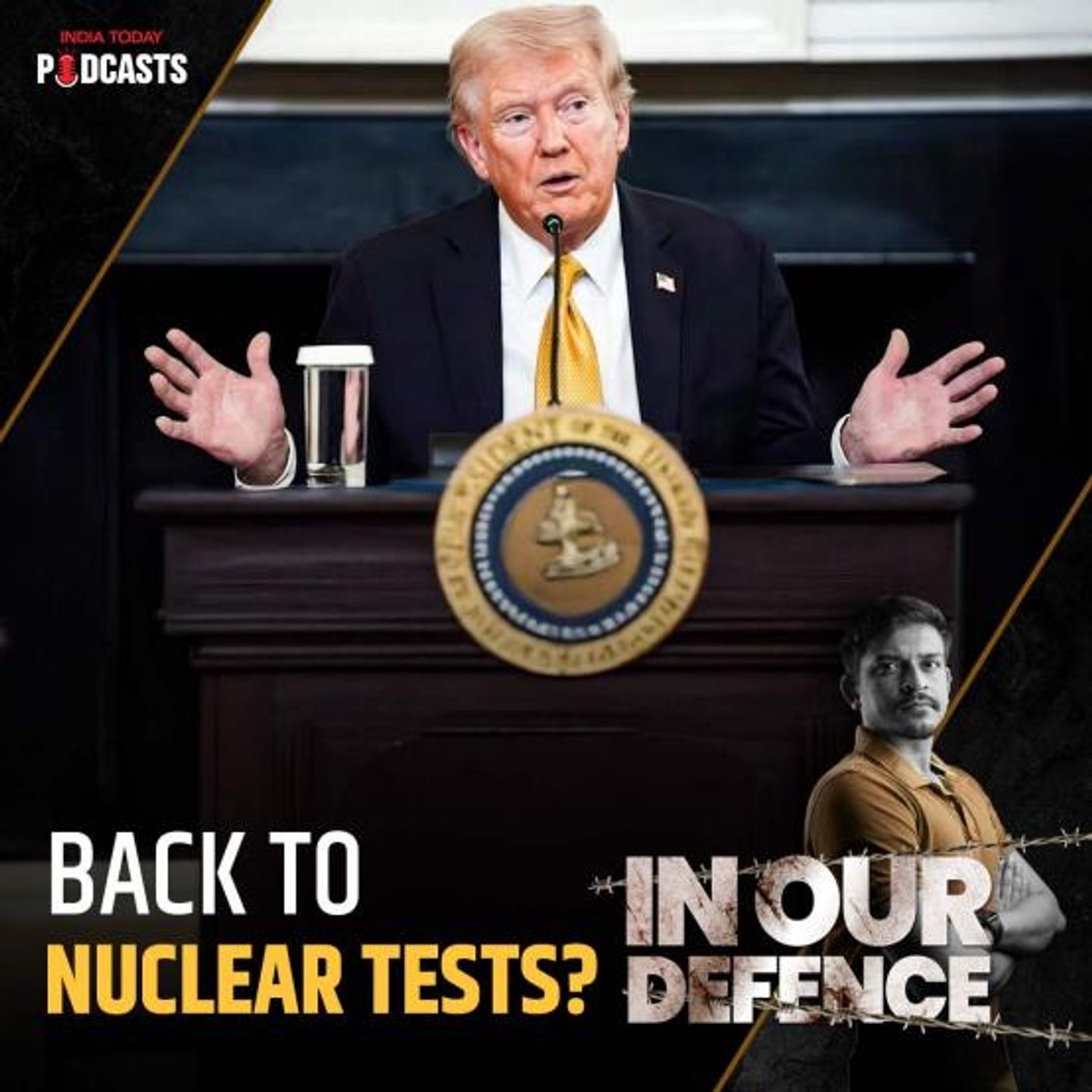




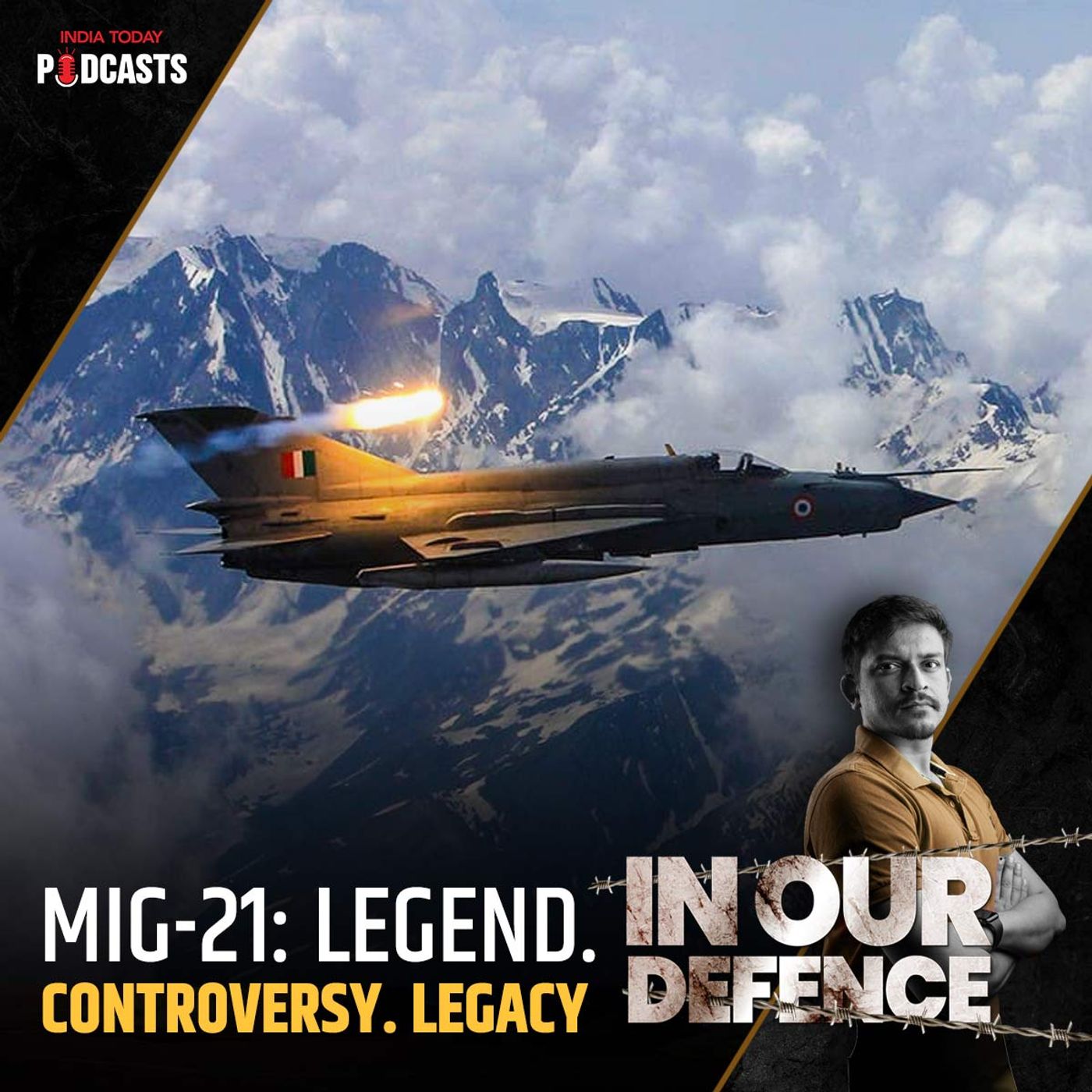
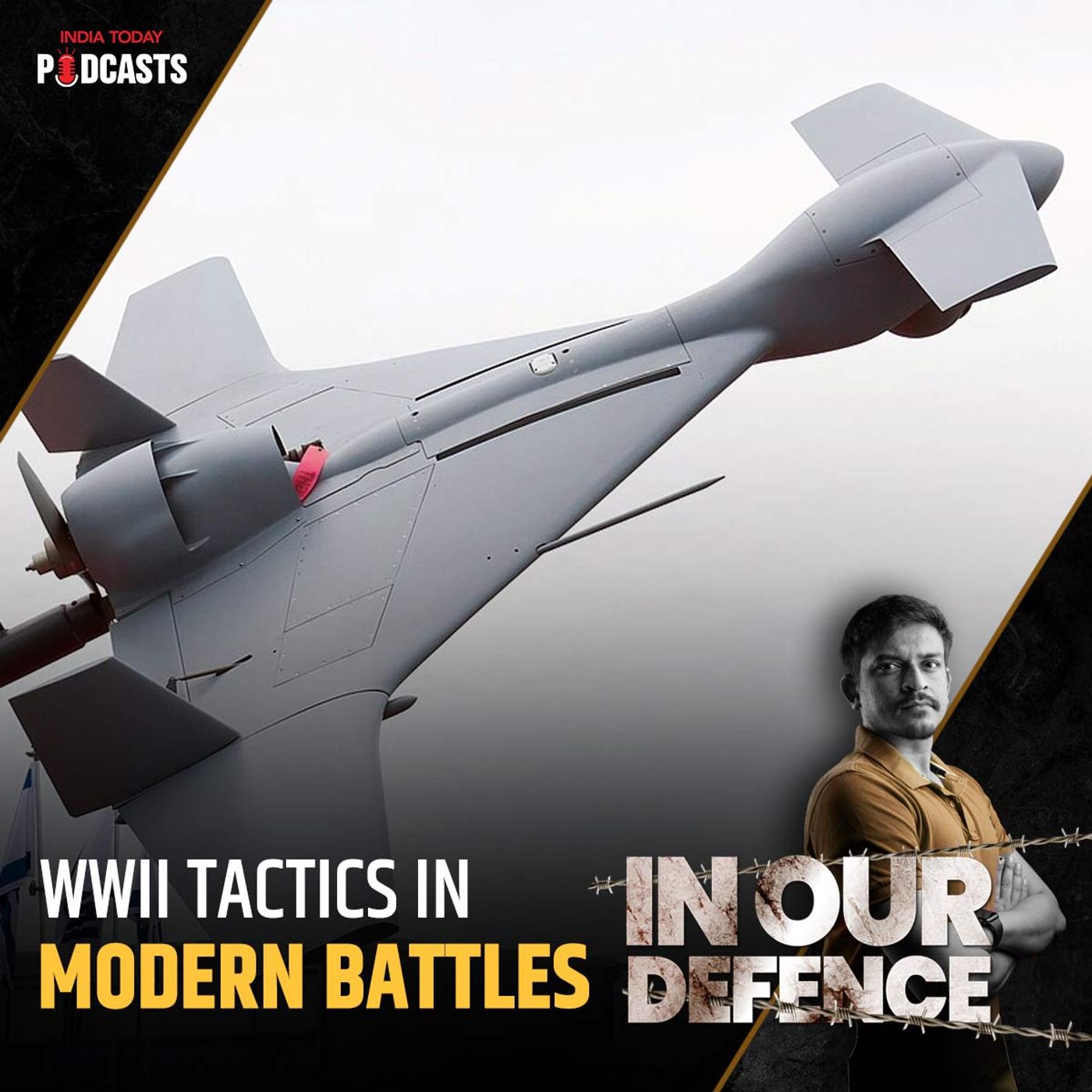

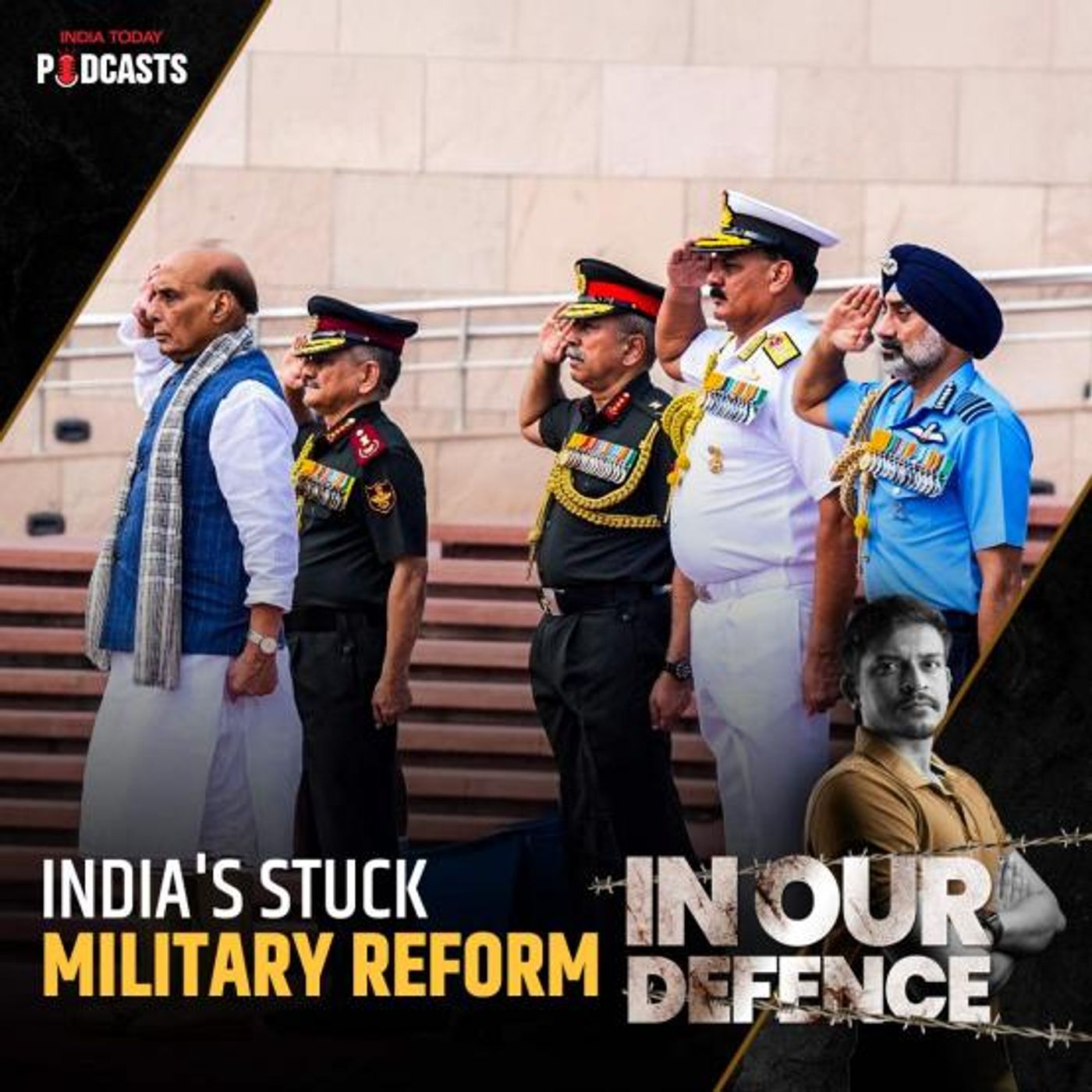





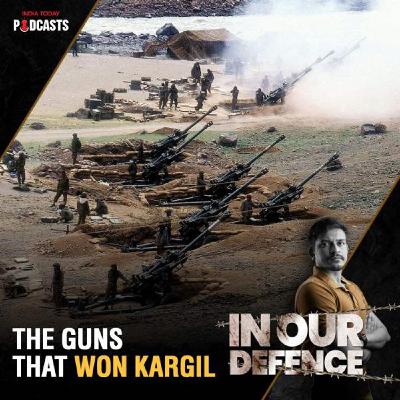







Jai hind!! 🇮🇳
these episodes are so knowledgeable!